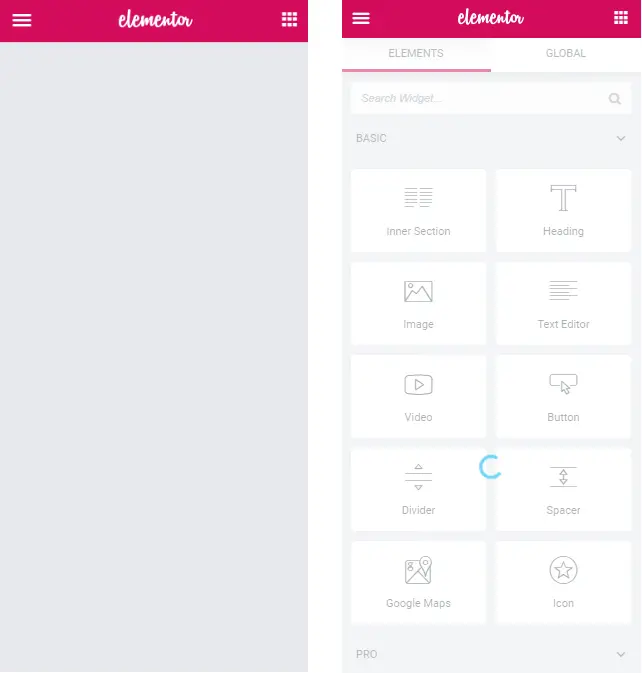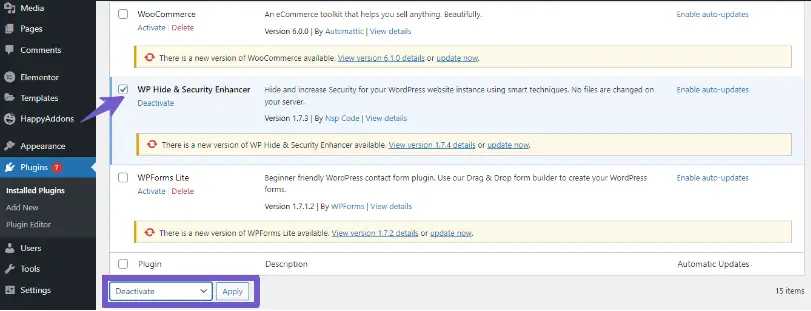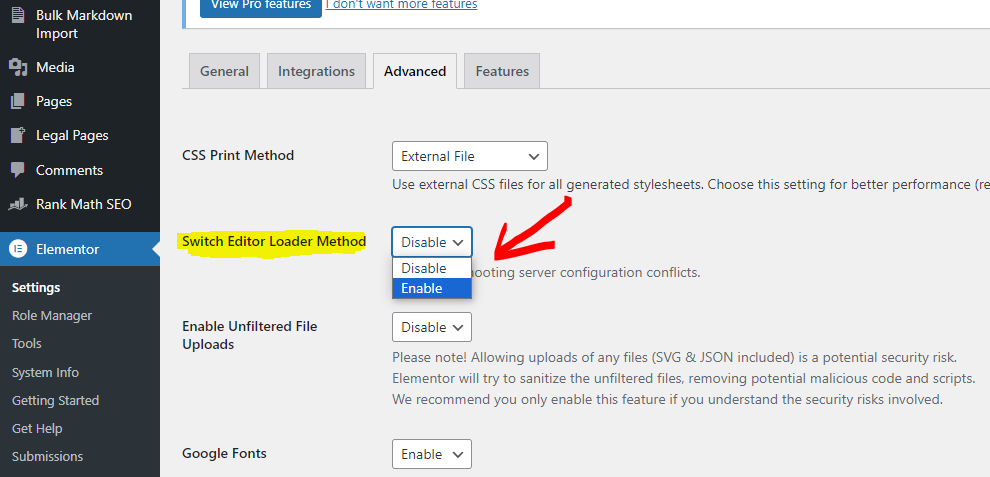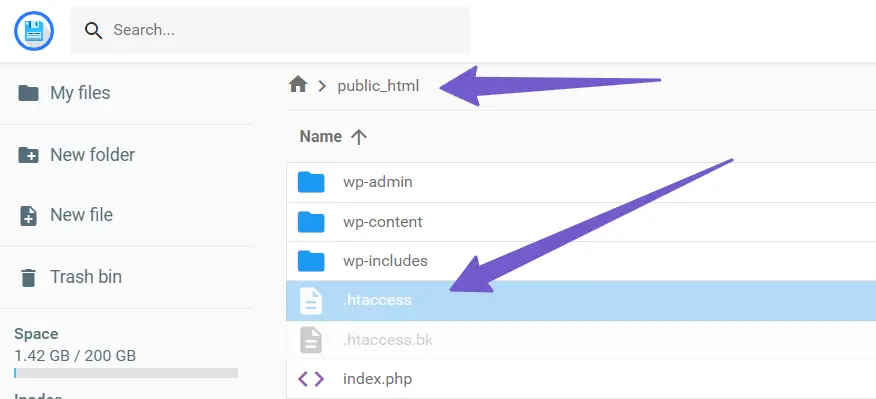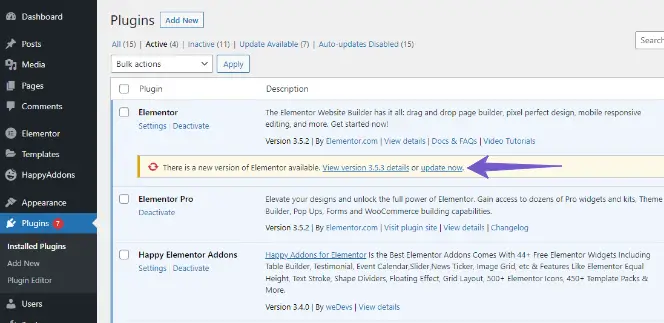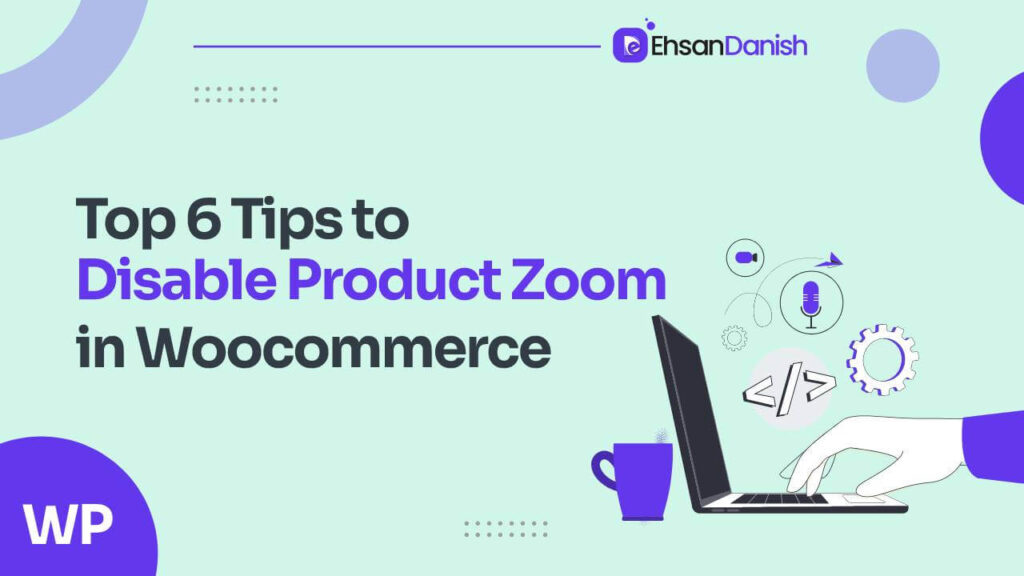Elementor has become a cornerstone in the world of website design, enabling users to create stunning, visually appealing websites without the need for advanced coding skills. However, like any software, Elementor is not immune to technical glitches. One frustrating issue that users may encounter is the “Elementor Not Loading” error. In this blog post, we’ll delve into the reasons behind this error and provide you with seven proven methods to Fix Elementor Not Loading Error.
What is Elementor Not Loading Error?
The Elementor Not Loading error refers to a situation where the Elementor page builder fails to load properly within the WordPress admin dashboard. This issue can hinder your website development and design efforts, causing frustration and delays.
Why Is Elementor Not Loading?
There can be several reasons behind the Elementor Not Loading error:
- Plugin Conflicts: Sometimes, conflicts between Elementor and other plugins can lead to loading issues.
- Resource Limitations: Insufficient PHP memory limit or outdated PHP versions might prevent Elementor from loading properly.
- File Corruption: Corrupted or misconfigured files, such as the
.htaccessfile, can disrupt Elementor’s functionality. - Outdated Elementor Version: Using an outdated version of Elementor may result in compatibility issues.
- Theme Compatibility: Incompatibility between Elementor and your current theme can also lead to loading errors.
7 Ways To Fix Elementor Not Loading Error
Encountering the “Elementor Not Loading” error can be a perplexing situation, leaving you wondering about the best course of action. Fortunately, there are several comprehensive methods you can explore to troubleshoot and resolve this issue. Let’s delve deeper into each solution to gain a thorough understanding of how to overcome the Elementor loading error.
1. Check for Plugin Conflicts
Plugins are an integral part of enhancing your WordPress website’s functionality. However, conflicts between plugins can occasionally disrupt the smooth operation of your site. To determine whether a plugin conflict is causing the Elementor loading error, it’s advisable to follow a systematic approach. Begin by deactivating all plugins except Elementor. Gradually reactivate each plugin, testing Elementor’s loading status after enabling each one.
This process helps you identify the specific plugin that might be conflicting with Elementor and causing the loading error.
2. Enable the Switch Editor Loader
Elementor offers a useful feature known as the “Switch Editor Loader.” This option allows you to alternate between different methods of loading the editor interface. Enabling this setting can potentially bypass loading issues by utilizing an alternative loading mechanism. To access this option, navigate to the Elementor settings within the WordPress admin dashboard.
By activating the Switch Editor Loader, you can potentially mitigate the Elementor Not Loading error and ensure a more seamless editing experience.
3. Update PHP
The technical foundation of your WordPress website relies on PHP, a scripting language that powers dynamic content and functionality. Outdated PHP versions or inadequate memory limits can contribute to the Elementor loading error. It’s essential to ensure that your website is running on a PHP version supported by Elementor.
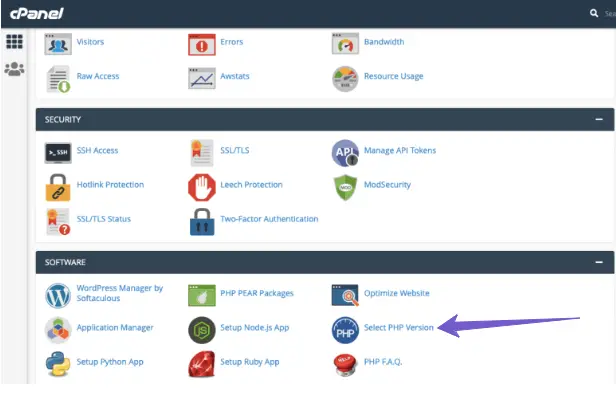
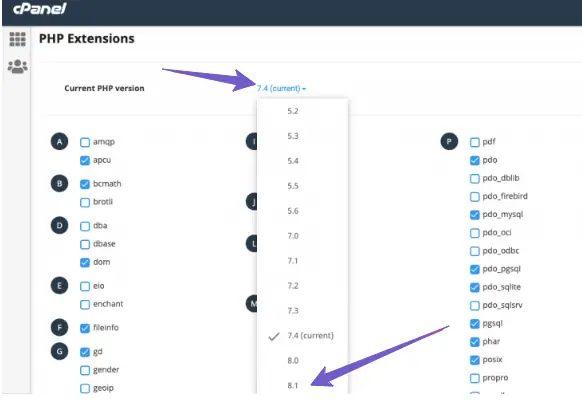
wp-config.php file. By aligning your PHP version and memory limit with Elementor’s requirements, you can potentially eliminate the loading error.
4. Check .htaccess File
The .htaccess The file plays a crucial role in configuring various aspects of your website, including URL structure and server settings. However, this file can occasionally become corrupted or misconfigured, leading to loading issues with Elementor. To address this, access your website’s root directory and locate the .htaccess file. Carefully inspect its contents for any anomalies or errors that might be causing the loading error.
By rectifying any issues within the .htaccess file, you can pave the way for Elementor to load seamlessly.
5. Update Elementor to Latest Version
Software updates are designed to introduce improvements, bug fixes, and enhanced compatibility with various components of your website. Using an outdated version of Elementor can potentially lead to conflicts and loading errors. To ensure a smooth and error-free experience, it’s imperative to regularly update Elementor to the latest version.
This practice not only enhances Elementor’s performance but also ensures its harmonious interaction with WordPress and other plugins.
6. Switch Your Current Theme Temporarily
Your website’s theme contributes significantly to its visual aesthetics and functionality. However, certain themes might not be fully compatible with Elementor, leading to loading errors. To identify whether your current theme is causing the Elementor Not Loading error, consider temporarily switching to a default WordPress theme, such as Twenty Twenty-One. This temporary switch allows you to assess whether Elementor loads successfully with the default theme. If Elementor functions seamlessly, it indicates that the loading error might be related to incompatibilities between Elementor and your previous theme.
7. Increase Apache Service Limit
Resource limitations, particularly within the Apache server environment, can impact the loading process of complex elements like Elementor. If you encounter persistent loading errors, it might be worth considering an increase in the Apache service limits on your hosting server. Add the following code to .htaccess file.
<IfModule mod_substitute.c> SubstituteMaxLineLength 30m </IfModule> LimitRequestBody 9999999
This adjustment can potentially prevent memory-related issues that hinder Elementor’s loading. Collaborate with your hosting provider or server administrator to implement these changes effectively.
Conclusion
The Elementor Not Loading error, while frustrating, is not insurmountable. By delving into these seven comprehensive solutions, you can equip yourself with the knowledge and tools needed to address the issue effectively. Remember, troubleshooting technical problems requires a patient and methodical approach. While each website configuration is unique, the insights provided here can serve as your guide to diagnose and rectify the Elementor loading error. With dedication and the implementation of these solutions, you’re well on your way to restoring the seamless and productive Elementor experience you deserve.
FAQs
Q1: What is the Elementor Not Loading error, and why does it occur?
A: The Elementor Not Loading error refers to a situation where the Elementor page builder fails to load properly within the WordPress admin dashboard. This issue can occur due to various reasons, such as plugin conflicts, outdated software versions, insufficient resources, corrupted files, or theme compatibility issues.
Q2: How can I determine if a plugin conflict is causing the loading error?
A: To identify a potential plugin conflict, follow these steps:
- Deactivate all plugins except Elementor.
- Gradually reactivate each plugin one by one.
- Test Elementor’s loading status after enabling each plugin. By isolating the conflicting plugin, you can narrow down the source of the loading error.
Q3: What is the “Switch Editor Loader” feature in Elementor, and how can it help?
A: The “Switch Editor Loader” is an Elementor setting that allows you to alternate between different loading methods for the editor interface. Enabling this option can potentially bypass loading issues by utilizing an alternative loading mechanism, enhancing your editing experience.
Q4: How do I update my website’s PHP version and increase the PHP memory limit?
A: To update your PHP version and increase the PHP memory limit, follow these general steps:
- Log in to your hosting provider’s control panel.
- Locate the PHP settings or configuration section.
- Select a supported PHP version and adjust the memory limit settings. Alternatively, you can edit the
wp-config.phpfile in your website’s root directory and add code to increase the memory limit.
Q5: What should I do if the Elementor loading error is related to my theme?
A: If you suspect a theme-related issue, temporarily switch to a default WordPress theme (e.g., Twenty Twenty-One). If Elementor loads successfully with the default theme, it suggests that the loading error might be caused by incompatibilities between Elementor and your previous theme. Consider reaching out to the theme developer for assistance.
Q6: How can I increase the Apache service limits on my hosting server?
A: Increasing Apache service limits may require collaboration with your hosting provider or server administrator. They can guide you through the process of adjusting resource limits to prevent memory-related loading issues.
Q7: Is it essential to regularly update Elementor to the latest version?
A: Yes, keeping Elementor up to date is crucial for maintaining compatibility, resolving bugs, and benefiting from new features. Regular updates ensure a smooth interaction between Elementor, WordPress, and other components of your website.
Q8: What if none of the solutions work for me?
A: If you’ve tried all the solutions provided and are still facing the Elementor Not Loading error, consider seeking assistance from the Elementor support forum or your hosting provider’s support team. They can offer personalized guidance based on your specific setup.

